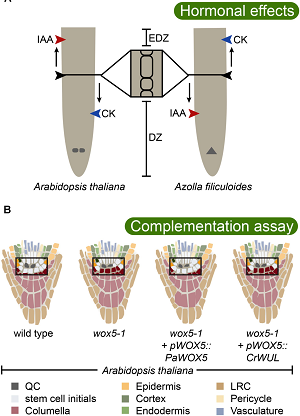
Review - Getting to the Roots: A Developmental Genetic View of Root Anatomy and Function From Arabidopsis to Lycophytes (Frontiers in Plant Sci)
Blog, Plant Science Research WeeklyPlant roots are essential organs for water and nutrient uptake, and aboveground biomass support. While these organs are important for many plant functions, the evolutionary history of the root is still unclear. The fossil record suggests that roots evolved in both the lycophyte (clubmosses and their…
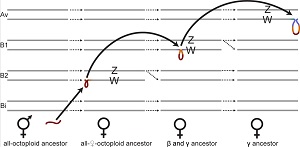
Plant sex regions can “jump” in strawberry (PLOS Biol.)
Plant Science Research WeeklySex chromosome restructure has happened frequently during the evolution of eukaryotes, often resulting in highly differentiated sex chromosomes. However, little is known about this process in plants. The wild North American octoploid strawberries (Fragaria) have separate sexes with homomorphic, female…
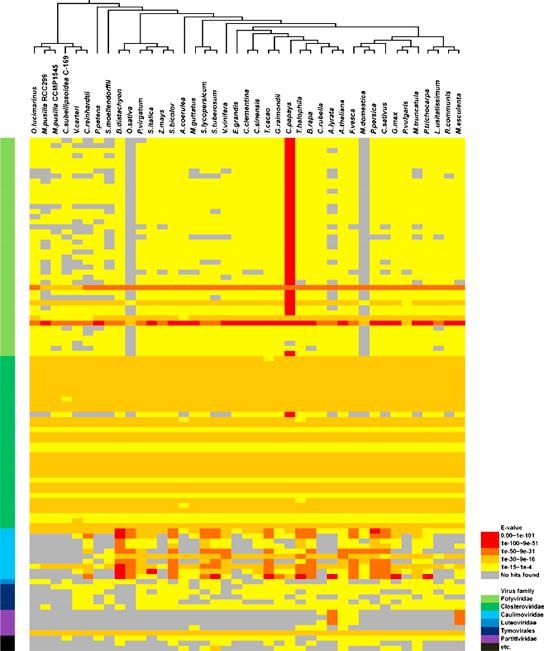
Viral sequences in the Arabidopsis genome ($) (Mol. Phylogenetics Evol.)
Plant Science Research WeeklyNumerous prokaryotic and eukaryotic genes have been identified as having homology to viral sequences. This phenomenon is the result of horizontal gene transfer (HGT) between viral pathogens and host cells. Chu and collaborators performed a proteome-wide analysis for the identification of viral domains…
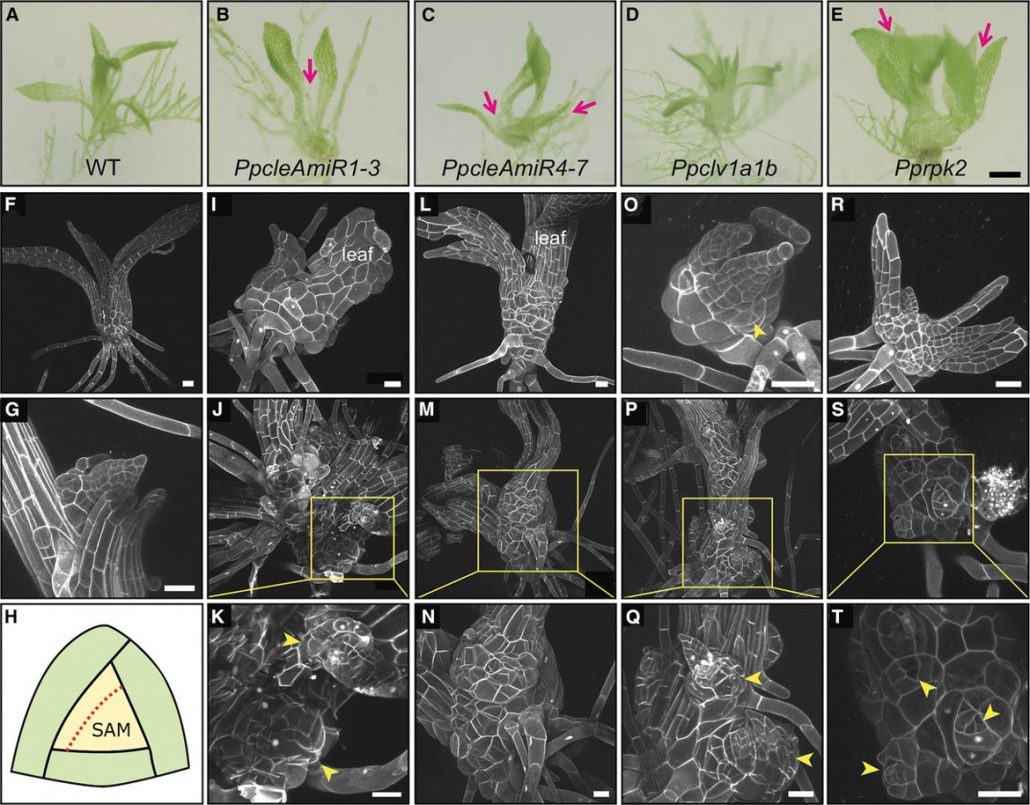
CLAVATA allowed 3D growth in land plants (Curr. Biol.)
Plant Science Research WeeklyLand plants had to acquire new ways to occupy the terrestrial environment, including the innovative shooting system with organs in a radial position. This new 3D form of growth was possible thanks to the capacity to rotate stem cells divisions through different orientation planes. In Arabidopsis the…
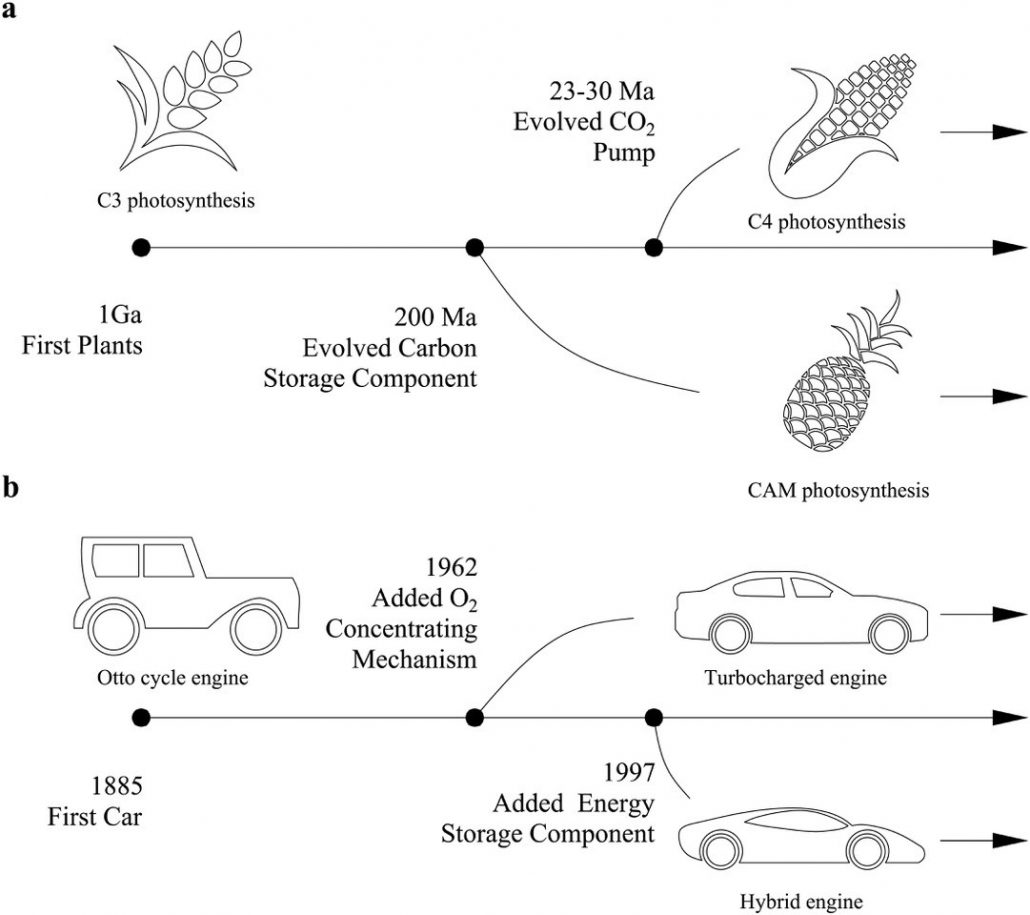
Review: What do cars and plants have in common? (PLOS One)
Plant Science Research WeeklyPlants and cars need energy and are powered by a process that has changed depending on the environment: photosynthesis, in the case of plants and an engine in the case of cars. Hartzell and coworkers make an analogy in the evolution of the original C3 pathway and the evolution of the internal combustion…
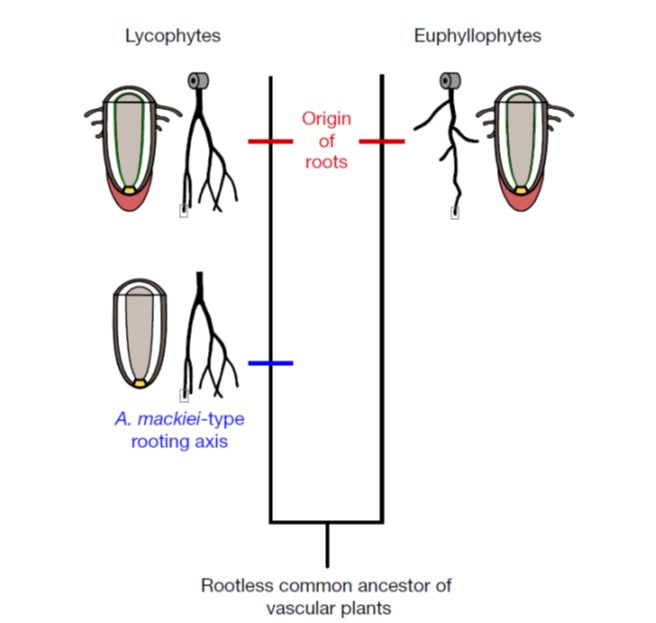
Stepwise and independent origins of roots among land plants (Nature)
Plant Science Research WeeklyThe Rhynie chert (near the village of Rhynie, Scotland; chert is a type of sedimentary rock) is an important site for plant biologists as it holds some of earliest and best preserved land-plant fossils. Hetherington and Dolan examined more than 600 thin sections prepared from this site, specifically…

Evolution and diversification of the plant gibberellin receptor GID1 (PNAS)
Plant Science Research WeeklyGiberellins (GA) are plant hormones that have diverse role in plant growth and development. Although many GAs have been identified, only few of them show functional activity in plants. GAs are perceived by the GID1 receptor, which is widespread in vascular plants and structuraly similar to carboxylesterases…
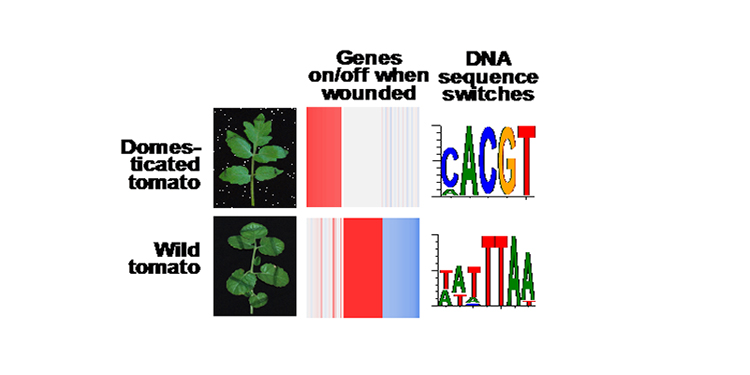
Evolution of Gene Regulation During Domestication
Research, The Plant Cell, The Plant Cell: In a NutshellLiu, et al. examine how wound response and its control mechanism differs between domesticated and wild tomato. Plant Cell https://doi.org/10.1105/tpc.18.00194.
By Ming-Jung Liu and Shin-Han Shiu
Background: Two related species accumulate differences between each other over time. If one of the…
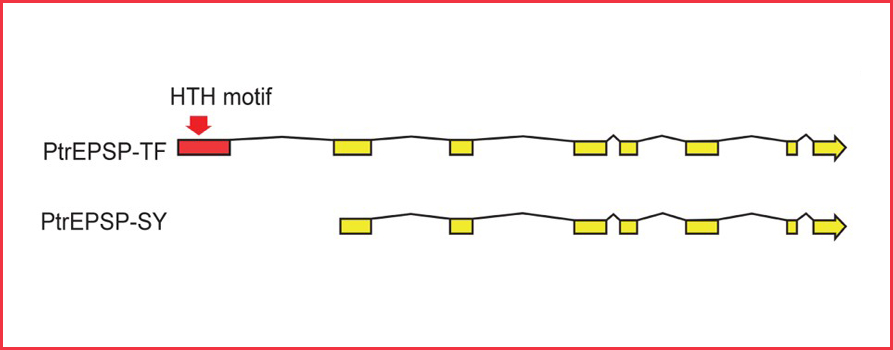
Old Gene, New Function
Research, The Plant Cell, The Plant Cell: In a NutshellXie et al. discover an EPSP synthase gene involved in the transcriptional regulation of the phenylpropanoid pathway in Populus trichocarpa The Plant Cell (2018). https://doi.org/10.1105/tpc.18.00168.
By Meng Xie, Wellington Mechuro, Jin-Gui Chen, and Gerald A. Tuskan
Background: 5-enolpyruvylshikimate…

